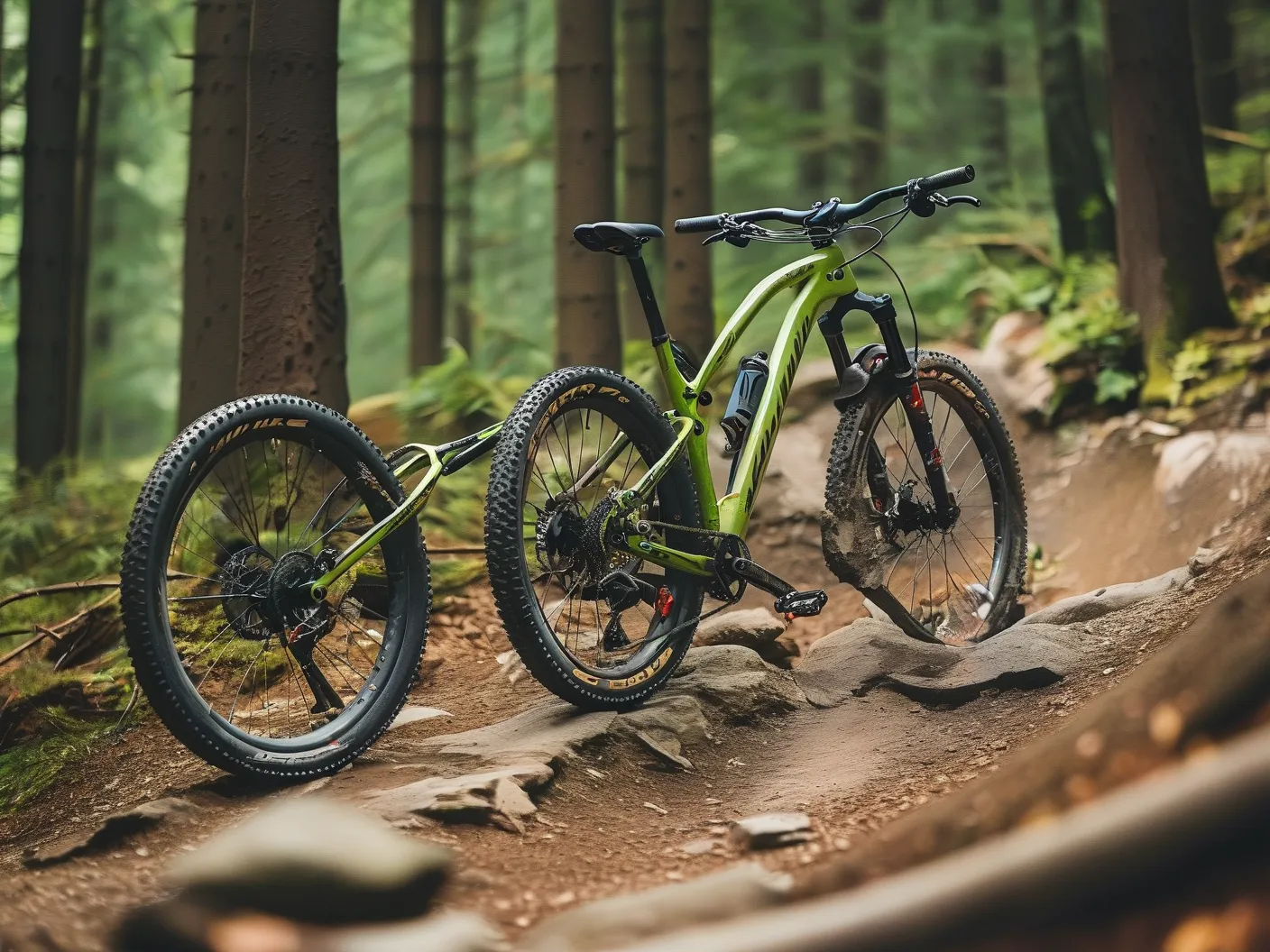Choosing between a gravel bike and a mountain bike often feels like picking between two exciting paths in the woods—both promise adventure, but each leads to a different experience. With the cycling industry booming (global bicycle market growth is projected at 6.84% annually through 2027, per Statista), riders now face more options than ever. Let’s dissect these two popular adventure bikes to help you invest wisely in your next ride.
1. Design Philosophy: Where They Excel
Gravel Bikes blend road bike efficiency with off-road capability. Their lightweight frames (typically aluminum or carbon fiber) prioritize speed on mixed surfaces, while relaxed geometry enhances comfort during long rides. Key features include:
– Wider tire clearance (35-50mm) for loose terrain
– Drop handlebars for multiple hand positions
– Minimal or no suspension systems
Mountain Bikes (MTBs) are built to dominate technical trails. They prioritize durability and control with:
– Front suspension (hardtail) or full suspension systems
– Flat handlebars for precise steering
– Knobby tires (2.2”+) for maximum grip
– Slacker frame angles for stability on descents
A 2023 study by Bicycle Retailer notes that 68% of gravel riders prioritize versatility, while 82% of MTB buyers seek aggressive trail performance.
2. Terrain Showdown: Which Bike Rules Where?
- Gravel Bikes Shine On:
- Hardpack dirt roads
- Gravel paths
- Smooth singletrack
-
Pavement-to-trail transitions
-
Mountain Bikes Dominate On:
- Rocky/root-filled trails
- Steep descents
- Muddy conditions
- Bike park jumps
Industry leader Shimano reports gravel bike sales spiked 142% in trail-rich regions like Colorado and Utah since 2020, while MTBs remain dominant in traditional mountain hubs like British Columbia.
3. Performance Factors: Speed vs Control
- Weight: Gravel bikes average 18-22 lbs vs MTBs’ 25-35 lbs, impacting climbing efficiency.
- Tire Pressure Flexibility: Gravel tires often run tubeless at 25-40 PSI for mixed surfaces; MTBs use 15-30 PSI for traction.
- Suspension Impact: A Rockshox report confirms full-suspension MTBs absorb 90% more impact than rigid gravel bikes—critical for rough terrain but adding weight.
4. Customization & Upgrades
Both platforms offer modularity:
– Gravel Adaptations:
1. Swap tires: Slicker options for road days; knobbier for trails
2. Add bikepacking bags (SWRVE study shows a 200% increase in gravel touring since 2018)
3. Install a suspension seatpost
- MTB Modifications:
1. Lighter wheelsets for cross-country racing
2. Adjustable travel forks (e.g., Fox Factory Series)
3. Dropper posts for technical descents
5. Real-World Use Cases
Choose a Gravel Bike If:
✅ You mix pavement with light trails regularly
✅ Prioritize multi-hour comfort over technical thrills
✅ Want a single bike for commuting/fitness/exploration
Opt For a Mountain Bike If:
✅ Your weekends involve black diamond trails or jump lines
✅ Technical descending skills are your focus
✅ You ride where “hike-a-bike” isn’t part of the plan
Pro rider Lauren Jenkins notes: “My Canyon Grizl handles my Arizona desert commute but stays parked when I hit Sedona’s red rock trails—that’s Santa Cruz Hightower territory.”
6. Price & Maintenance Considerations
Entry-level gravel bikes start around $1,200 (e.g., Trek Checkpoint ALR 4) versus $1,500+ for capable hardtail MTBs like the Specialized Rockhopper Elite. Maintenance costs diverge too:
| Category | Gravel Bike | Mountain Bike |
|---|---|---|
| Chain Replacement | Every 2,000-3,000 miles | Every 1,000-2,000 miles |
| Suspension Service | N/A | $150-$300 annually |
| Tire Longevity | 1,500+ miles | <800 miles (aggressive tread) |
7. Test Ride Checklist
Before deciding:
1. Borrow/rent both styles from local shops like REI or specialized dealers.
2. Mimic your regular routes: How do they handle climbs? Cornering? Fatigue over distance?
3. Assess mounting points if carrying gear matters.
4. Note body position comfort after 30+ minutes.
Final Verdict
There’s no universal “best”—only what aligns with your terrain mix and riding goals. As Global Cycling Network’s Hank Moon explains: “Gravel bikes eat up miles; mountain bikes eat up features.” Analyze where your adventurous spirit leans—toward covering ground or conquering obstacles—and let that steer your choice.
Data sources verified via Bicycle Retailer Industry Reports, Shimano Market Analytics, and independent testing by Cycling Weekly Labs.
